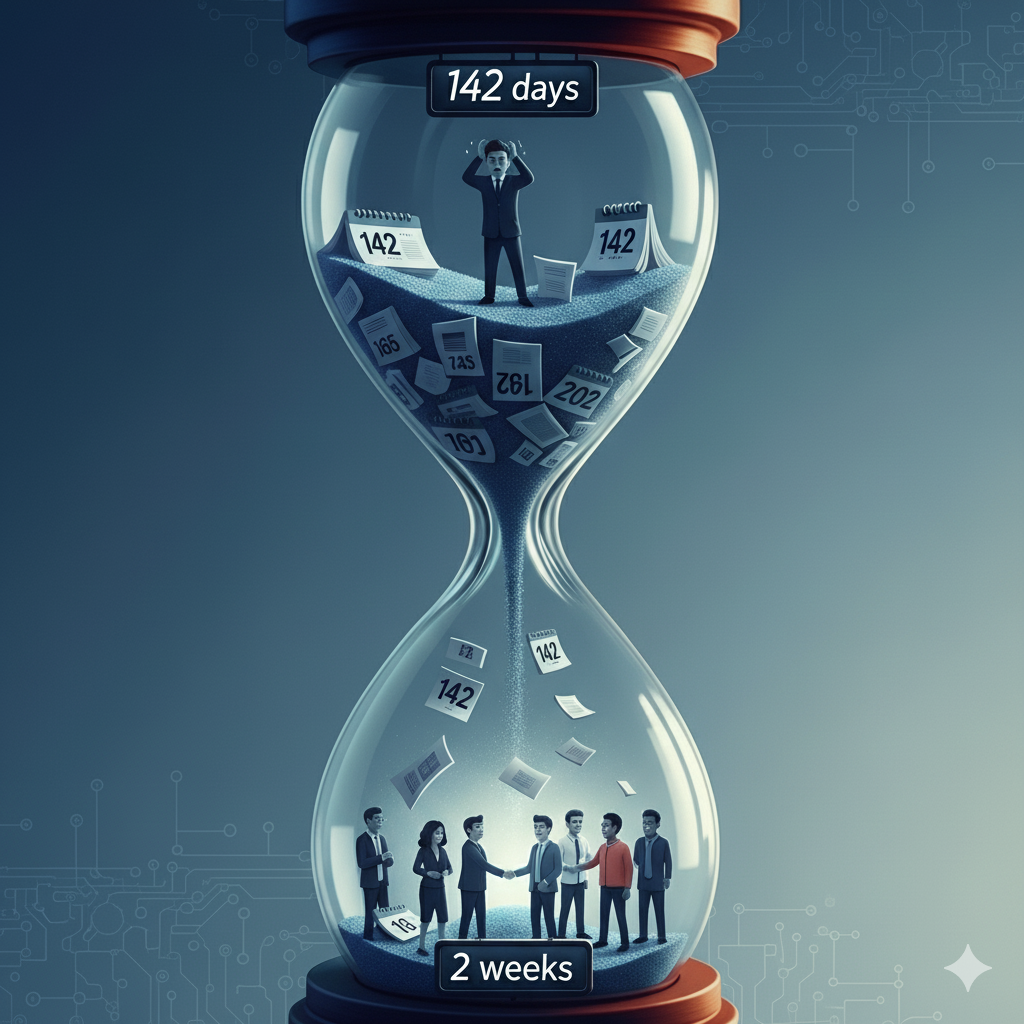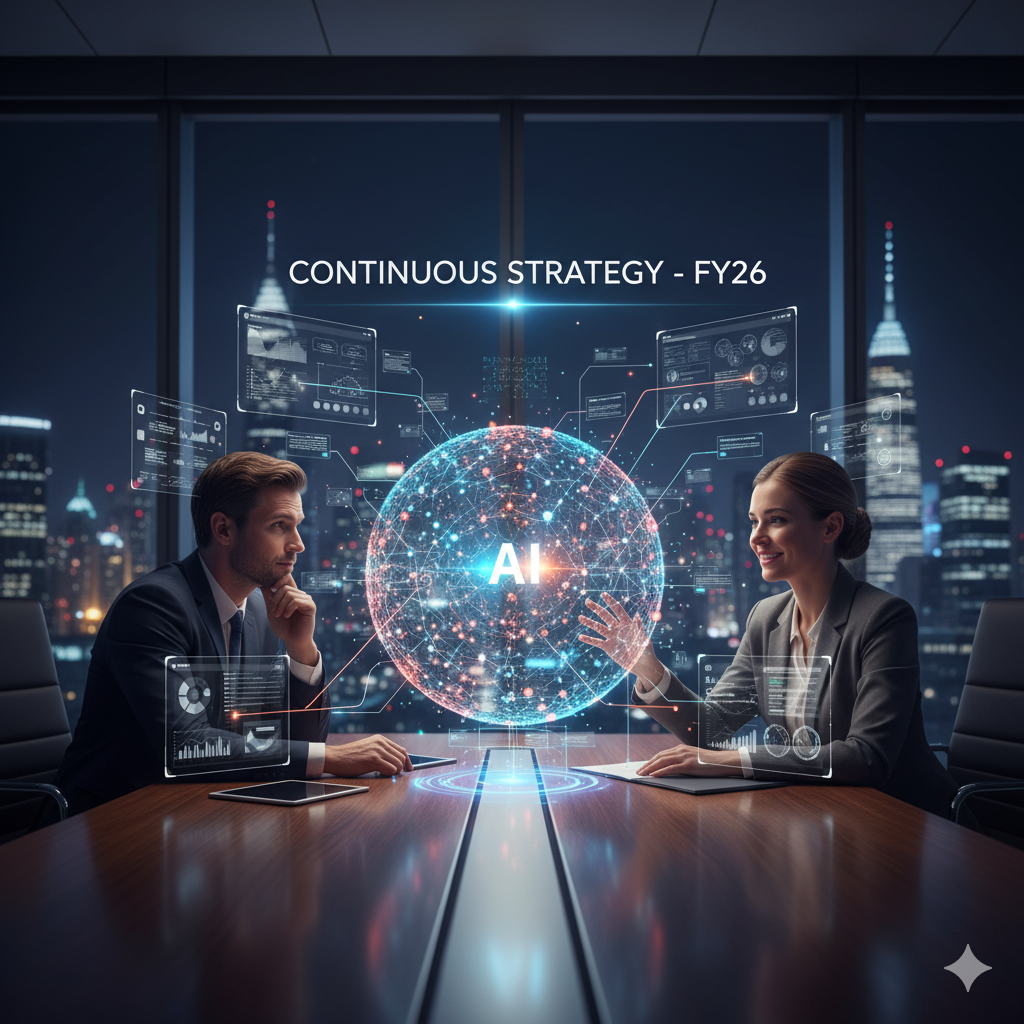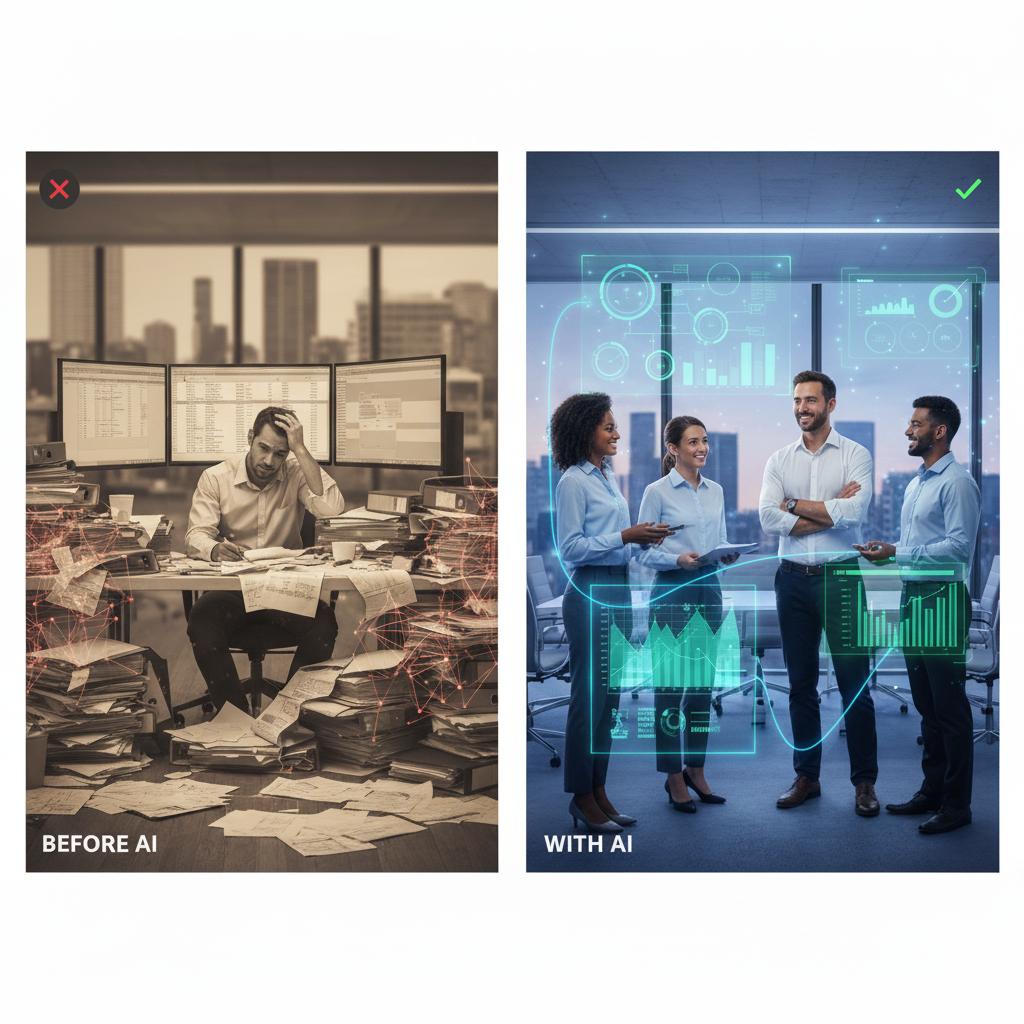Students Already Use AI. Now Make It Visible.
How transparency raises standards, reduces disputes, and prepares students for professional work.
2 min read
 Drew Fearson
:
Sep 5, 2025 11:14:07 AM
Drew Fearson
:
Sep 5, 2025 11:14:07 AM

This is Part 2 of our series on AI talent strategy. If you missed Part 1, we explored the hidden costs of getting AI hiring wrong.
Problem: Why Old Methods Fail
AI hiring mistakes cost organizations an average of $2.8 million a year in delayed initiatives (McKinsey, 2024). Knowing the problem is only half the battle. The real challenge is building a hiring approach that works in today’s AI market.
Traditional methods like resume screens, technical tests, and culture-fit chats were designed for a slower-moving world. AI roles demand something more rigorous and forward-looking.
Context: The Three-Dimensional Challenge
Technical complexity. AI roles require skills that barely existed five years ago. Leaders need ways to assess expertise in areas such as large language models, agentic AI, and evolving frameworks, even when interviewers may lack firsthand experience.
Strategic impact. Unlike most technical roles, AI hires often shape multi-year direction. A machine learning engineer is not just building models. They are influencing how an organization competes in an AI-driven market.
Cultural integration. With 71 percent of AI talent being male and significant gaps across age groups (HireBee, 2025), organizations must evaluate not only what candidates can do, but how they help build diverse, collaborative teams.
The reality check: 46 percent of executives say skill gaps are their biggest AI adoption barrier (McKinsey, 2025), yet most still use hiring processes designed for pre-AI roles.
Solution: The RightSeat Talent Framework
At RightSeat AI, we built a methodology that addresses technical, strategic, and cultural needs together.
Proof in Practice
Organizations using this framework report:
These results come not from rushing, but from reframing. The focus shifts from filling today’s gaps to building teams that grow with AI adoption.
What Leaders Can Do Now
Deloitte’s 2025 research shows that organizations modernizing talent acquisition achieve faster adoption and stronger ROI. The stakes are clear: McKinsey estimates AI could unlock $4.4 trillion in productivity value globally. Leaders who act now will capture that value first by finding the right people and putting them in the right seats. That is where RightSeat comes in.
RightSeat POV: People First, Then Platforms
The organizations that master AI hiring will not just fill roles faster. They will build a lasting competitive advantage. With only 1 percent of companies calling themselves “mature” in AI deployment (McKinsey, 2025), the window for advantage is open but closing.
At RightSeat, we help leaders move from reactive hiring to strategic talent acquisition. Getting the right people in the right seats is how AI initiatives succeed—and how organizations secure their future.
Ready to transform your AI hiring? Contact RightSeat AI. We help you land the right people in the right seats and keep them there.
Add your email below and we'll send you newsletters and blog updates from the RightSeat AI TrustLab

How transparency raises standards, reduces disputes, and prepares students for professional work.

Part 2: AI for Strategic Planning

AI for Strategic Planning, Part 1